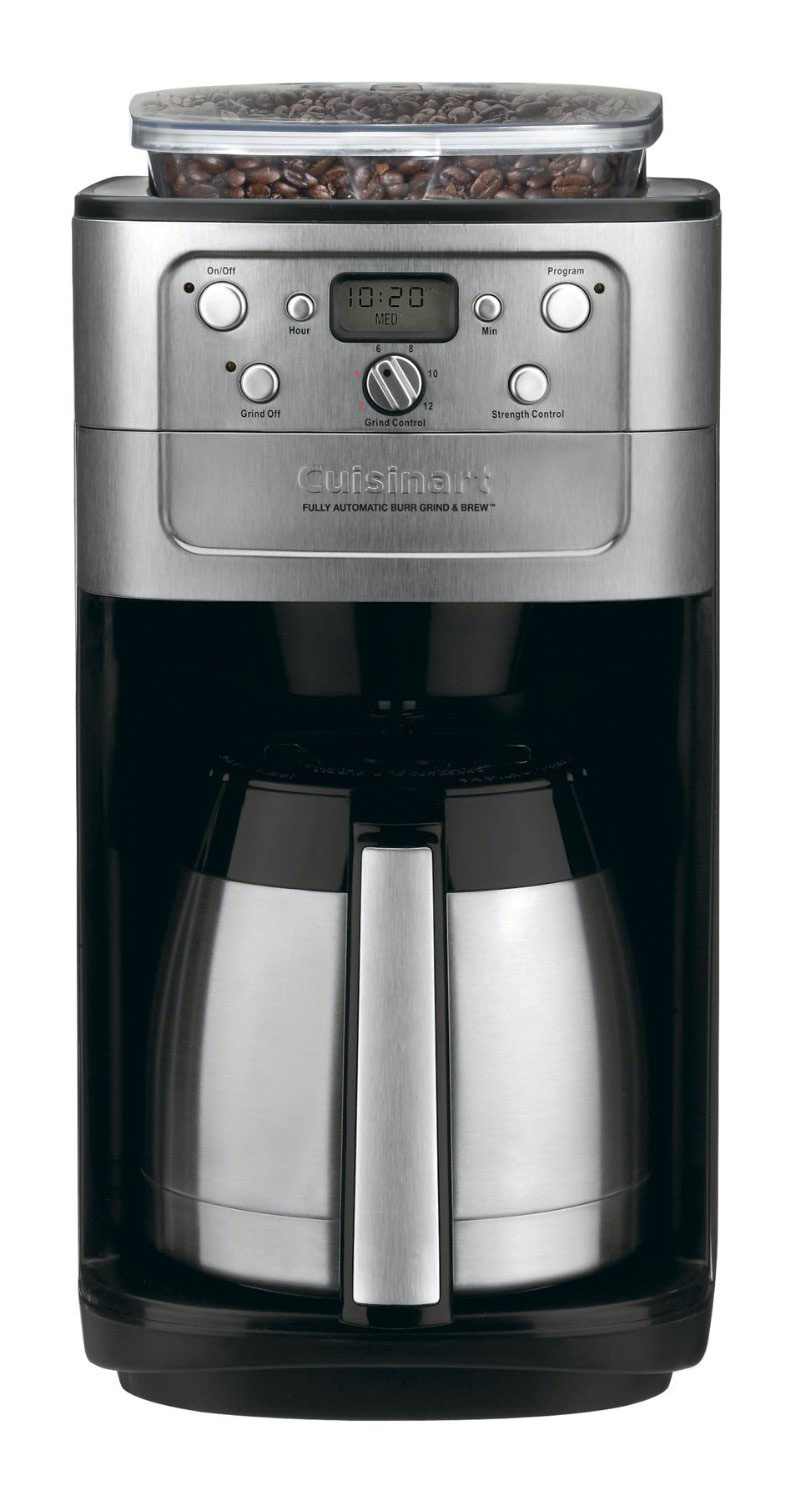BEST COFFEE MAKERS FOR AT-HOME BREWING
Coffeemakers or coffee machines are cooking appliances allows one to brew coffee. While there are many different types of coffeemakers hiring a number of different brewing principles, in the more common machines, coffee clays are placed in a section or metal filter inside a pour, which is set over a glass or ceramic coffee utensil , a cooking potty in the kettle pedigree. Cold sea is run into a separate chamber, which is then heated up to the boiling point, and guided into the spout. "Its also" announced automatic drip-brew .
Wilfa Precision Coffee Maker WilliamsSonoma
For hundreds of years, making a container of coffee was a simple process. Roasted and dirt coffee beans were placed in a jackpot or pan, to which hot water was included, followed by connect of a lid to start the infusion process. Bowls were specially designed for brewing coffee, all with the purpose of trying to catch the coffee soils before the coffee is drain. Typical patterns peculiarity a bowl with a flat expanded tush to catch decline dirts and a sharp-witted run spout that catches the swimming grinds. Other designs peculiarity a wide protrusion in the middle of the flowerpot to catch clays when coffee is poured.
Grind and Brew with thermal Burr grinder coffee maker DGB 900BC

In France, in about 1710, the Infusion brewing process was inserted. This involved submersing the sand coffee, often enclosed in a linen luggage, in hot water and telling it steep or "infuse" until the desired strength brew was attained. Nevertheless, throughout the 19 th and even the early 20 th centuries, it was considered adequate to add sand coffee to hot water in a container or pan, steam it until it reeked right, and operate the drink into a cup.
Bialetti ® Moka 6Cup Espresso Maker Crate and Barrel
There were lots of inventions from France in the late 18 th century. With assistance from Jean-Baptiste de Belloy, the Archbishop of Paris, the idea that coffee shall not be required to steamed gained credence. The first modern technique for provoking coffee employing a coffee filter--drip brewing--is more than 125 years old, and its designing had changed little. The biggin , are produced in France ca. 1780, was a two-level toilet viewing coffee in a cloth sock in an upper locker into which ocean was run, to drain through breaches in the bottom of the locker into the coffee flowerpot below. Coffee was then made from a gush on the side of the flowerpot. The excellence of the brewed coffee depended on the size of the grimes- very coarse and the coffee was strong; very well prepared and the high seas has not given an opportunity to drip the filter. A major predicament with this approach was that the delicacy of the cloth filter- whether cotton, burlap or an old-fashioned sock- transferred to the goody of the coffee. Around those periods, a French discoverer developed the" pumping percolator", in which simmering sea in a foot enclosure abilities itself up a tube and then seeps( seeps) through the field coffee back into the bottom assembly. Among other French inventions, Count Rumford, an eccentric American scientist are living in Paris, developed a French Drip Pot with an isolating sea coat to keep the coffee red-hot. Likewise, the first metal filter was designed and patented by French inventor.
EmoticonEmoticon